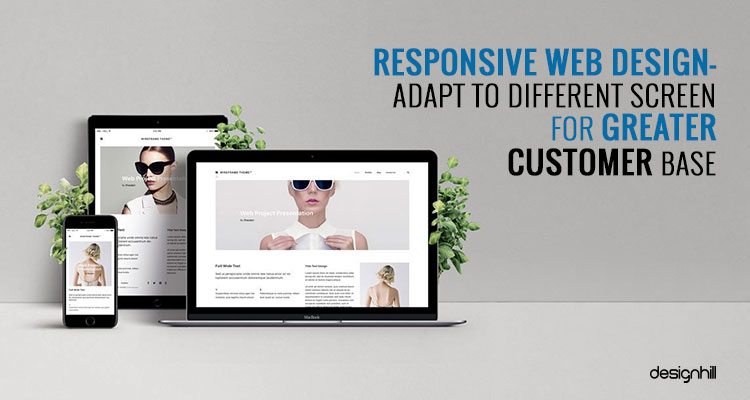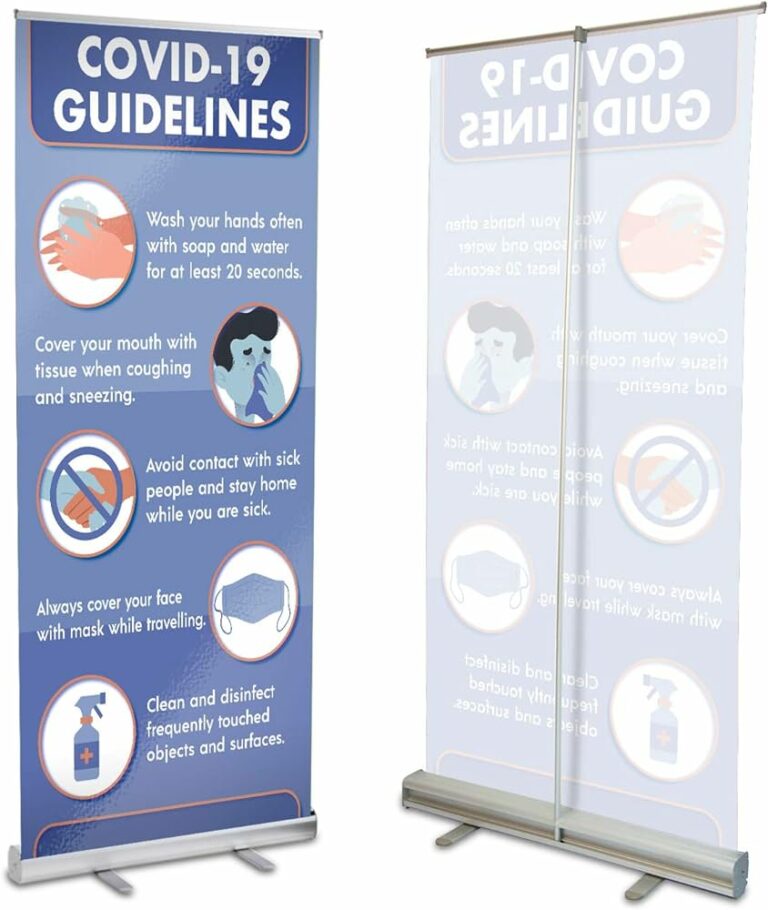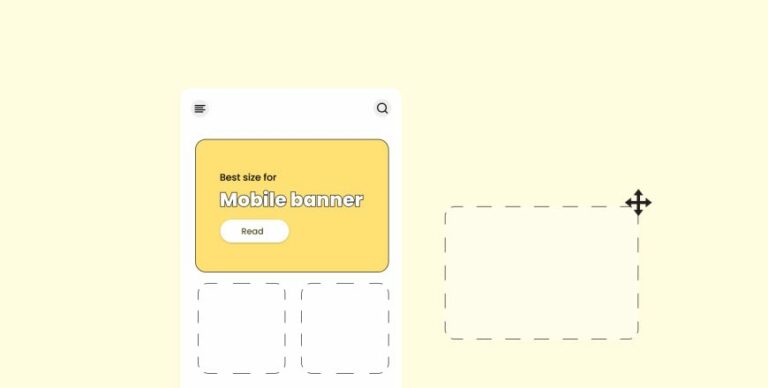Adapting Your Design to Different Banner Formats
Have you ever come across a banner advertisement that caught your attention and made you pause to take a closer look? You may have wondered what makes certain designs stand out while others go unnoticed.
The secret lies in the ability to adapt your design to different banner formats. In this discussion, we will explore the key factors that contribute to the success of a banner advertisement and how you can optimize your design to make a lasting impact.
From understanding format requirements to choosing the right colors and fonts, we will unveil the secrets to creating compelling and effective banner designs that leave a lasting impression.
So, get ready to unlock the potential of your design and elevate your banner ads to new heights.
Understanding Banner Format Requirements
To ensure successful banner design, it’s crucial to understand the specific format requirements. Different platforms and advertising networks have varying guidelines for banner dimensions, file size, and file formats. By following these requirements, you can ensure that your banner ads will display correctly and effectively reach your target audience.
One important aspect to consider is the banner size. Popular sizes include leaderboard (728×90 pixels), skyscraper (160×600 pixels), and rectangle (300×250 pixels). It’s essential to design your banners with these dimensions in mind to avoid any display issues or distortion.
Additionally, you need to pay attention to the file size of your banners. Most platforms have restrictions on the maximum file size to ensure fast loading times and a seamless user experience. Compressing your images and optimizing your design elements can help reduce file size without compromising on quality.
Furthermore, it’s important to use the correct file format for your banner ads. The most commonly used formats are JPEG, PNG, and GIF. Each format has its own strengths and limitations, so it’s important to choose the one that best suits your design and objectives.
Choosing the Right Colors and Fonts
Consider the impact of colors and fonts when choosing the perfect design for your banners. These elements play a crucial role in capturing your audience’s attention and conveying your message effectively.
When it comes to colors, select a palette that aligns with your brand identity and evokes the desired emotions. Bright and bold colors can create a sense of excitement and urgency, while softer tones can convey elegance and sophistication. Remember to choose colors that complement each other and provide sufficient contrast for readability.
Fonts also play a vital role in the overall design of your banners. Select fonts that are easy to read and reflect the tone of your message. Consider the target audience and the message you want to convey. For a professional and corporate feel, choose clean and modern fonts. If you’re targeting a younger audience or want to convey a fun and playful message, consider using more whimsical or decorative fonts.
It’s important to maintain consistency across your banners to establish a cohesive brand identity. Stick to a specific color palette and a limited number of fonts to create a unified and visually pleasing design.
Optimizing Images and Graphics
When it comes to optimizing your banners, maximizing the impact of your message through carefully selected images and graphics is essential. Images and graphics can instantly capture the attention of your audience and convey your message more effectively.
To optimize your images and graphics, start by choosing high-quality visuals that are relevant to your brand and message. Use images that are clear, sharp, and visually appealing. Avoid using images that are pixelated or low-resolution, as they can diminish the overall quality of your banner.
Additionally, consider the file size of your images. Large file sizes can slow down your banner’s loading time, resulting in a negative user experience. Compress your images without compromising their quality to ensure quick loading times.

Furthermore, optimize graphics by using vector-based formats such as SVG. Vector graphics are scalable and retain their quality regardless of the size, making them perfect for banners displayed on different devices.
Creating Clear and Concise Messaging
Craft a message that’s concise and clear to effectively engage your audience. When it comes to creating banner ads, it’s crucial to communicate your message quickly and effectively. Avoid fluff and strive for clarity, conciseness, and precision. Your audience is likely to only give your banner ad a brief glance, so you need to make every word count.
Start by identifying the key message or call-to-action you want to convey. Keep it simple and focused. Use clear and straightforward language that your audience can easily understand. Avoid using jargon or technical terms that may confuse them.
Next, consider the length of your message. Remember, you have limited space in a banner ad, so keep it short and sweet. Aim for a maximum of 10 words or less. Use strong and impactful words that grab your audience’s attention and compel them to take action.
In addition to being concise, make sure your message is visually appealing. Choose a font that’s easy to read, even at a small size. Use contrasting colors to make your message stand out and grab attention.
Testing and Adjusting for Maximum Impact
To maximize the impact of your banner ads, it’s essential to continuously test and adjust your messaging for optimal results. Testing and adjusting will help you understand what works best for your target audience and enable you to make the necessary changes to improve your ad’s performance.
Here are three key steps to consider when testing and adjusting your banner ads:
1. Conduct A/B testing: Create two versions of your banner ad with different elements such as headlines, images, or calls to action. Show each version to a portion of your target audience and compare the performance metrics to determine which version resonates better with your audience.
2. Monitor performance metrics: Keep a close eye on the performance metrics of your banner ads, such as click-through rates, conversions, and engagement. Analyze the data to identify any patterns or trends and use this information to make informed adjustments to your messaging.
3. Iterate and optimize: Based on your analysis, make iterative improvements to your banner ads. Adjust the messaging, design, or placement to enhance their impact. Continuously test these changes and refine your approach until you achieve maximum impact.
Frequently Asked Questions
How Can I Ensure My Design Is Compatible With Various Banner Sizes?
To ensure your design works well with various banner sizes, consider a few key factors.
First, keep your design simple and uncluttered, with clear messaging and visuals that can be easily resized.
Next, use vector-based graphics and scalable fonts, which can be adjusted without losing quality.
Additionally, test your design across different banner sizes to ensure it looks good and remains legible.
Lastly, be flexible and willing to make adjustments as needed to optimize your design for each specific banner format.
Are There Any Specific Color Combinations That Work Best for Different Banner Formats?
There aren’t any specific color combinations that work best for different banner formats. However, it’s important to consider the overall design and purpose of your banner when choosing colors.
Think about the message you want to convey and the emotions you want to evoke. Take into account the target audience and the platform where the banner will be displayed.
Experiment with different color schemes and choose ones that enhance the overall visual impact of your design.
What Are the Best Practices for Optimizing Images and Graphics for Different Banner Formats?
To optimize images and graphics for different banner formats, consider these best practices.
– First, ensure your images are of high quality and properly sized for each format.
– Compress your images without sacrificing too much quality to improve loading times.
– Use appropriate file formats like JPEG or PNG.
– Consider the file size and dimensions for mobile banners.
– Lastly, test your banners on different devices to ensure they look great across various platforms.
How Can I Effectively Convey My Message Within the Limited Space of a Banner Ad?
To effectively convey your message within the limited space of a banner ad, focus on simplicity and clarity. Keep your headline short and impactful, using strong and concise language.
Use eye-catching visuals that support your message and avoid clutter. Make sure your call-to-action is clear and easy to understand. Consider using bold colors and fonts to grab attention.
What Are Some Tips for Conducting A/B Testing to Maximize the Impact of My Banner Design?
To conduct effective A/B testing and maximize the impact of your banner design, start by creating two versions of your design. Vary elements like color, font, and call-to-action placement.
Then, test each version with your target audience, analyzing metrics like click-through rate and conversion rate.
Based on the results, identify the design that performs better and make adjustments accordingly.
A/B testing allows you to optimize your banner design and ensure it resonates with your audience.
Conclusion
So, now you know the importance of adapting your design to different banner formats.
By understanding the format requirements, choosing the right colors and fonts, optimizing images and graphics, and creating clear messaging, you can maximize the impact of your banners.
Don’t forget to test and make adjus see this tments as needed.
With these strategies, you’ll be able to create eye-catching and effective banners that grab attention and drive results.



